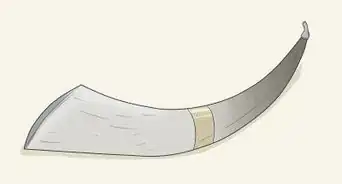This article was co-authored by wikiHow Staff. Our trained team of editors and researchers validate articles for accuracy and comprehensiveness. wikiHow's Content Management Team carefully monitors the work from our editorial staff to ensure that each article is backed by trusted research and meets our high quality standards.
There are 15 references cited in this article, which can be found at the bottom of the page.
This article has been viewed 26,908 times.
Learn more...
The theremin is an eerie-sounding instrument that you can play by using your hands to disturb an electromagnetic field created by its two antennae. Though many people see it as a novelty primarily used to create horror-movie soundtracks, you can play many styles of music on the theremin. If you learn to orient your body properly, identify key notes, and position your fingers to manipulate melody, you'll be on your way to making your own beautiful music with this unusual instrument.
Steps
Positioning Your Hands and Body
-
1Adopt a slightly split-legged stance for maximum stability. Face your theremin and position yourself roughly in between the pitch and volume antennae. Place the foot that’s on the pitch antenna side of the theremin a little closer to the pitch antenna, and place the foot on that’s on the volume antenna side a little farther away. This “split stance” will give you more stability than standing squarely with your feet underneath your shoulders.[1]
- If you extend your arm outward, your fingertips should just about touch the pitch antenna.[2]
- Your pitch antenna-side foot should be angled slightly to the right, so your toes are pointing toward the pitch antenna.
-
2Orient your dominant hand towards the pitch antenna. When playing the theremin, you will use your dominant hand to control the pitch antenna, which stands upright. You should be facing the theremin so that the pitch antenna is on the same side as your dominant hand. If this is not the case, turn around – you’re playing your theremin backwards!
- If you are left-handed, you will need a left-handed theremin. Most theremins are built for right-handed people, but you can assemble some theremins (such as the popular Moog Etherwave) yourself. Instructions on how to assemble a left-handed rather than a right-handed theremin will be included.[3]
Advertisement -
3Orient your non-dominant hand towards the volume antenna. If you’re facing in the right direction, your non-dominant hand will be on the same side of the theremin as the volume antenna, which extends horizontally from the side of the theremin.[4]
- If you hover your non-dominant hand just a bit over the volume antenna, your arm should be horizontal. If this is not the case, raise or lower the height of your theremin so you can hold your non-dominant arm out straight.[5]
-
4Identify the theremin’s range by reaching toward and away from the pitch antenna. The closer you move your hand to the pitch antenna, the higher the notes will be. To find the upper end of your theremin’s range, extend your dominant arm fully. as described in the previous step. Then, to find the lower end of its range, slowly move your hand inward towards your body.
- When the theremin begins to sound less like it’s playing a solid tone and more like it’s vibrating or humming, you’ll know that you’ve found the lowest note.
-
5Adjust the size of the pitch field with the tuning knob, if needed. Ideally, you should reach the theremin’s lowest note when your hand is near the center of your body. If you reach the lowest note while your hand is still a ways in front of you, turn the pitch tuning knob to the right to compress the instrument’s electromagnetic field. If you have to reach behind you to find the lowest note, turn the tuning knob to the left to make the field larger.[6]
- The theremin produces an electromagnetic field that makes sounds when you disturb it with your hands. By adjusting the size of the field, you’ll ensure that you can access every possible pitch the instrument can make in the area between the pitch antenna and your body.[7]
-
6Keep your body as still as possible. Because your whole body is an electro-conductor, moving any of your body parts can disturb the theremin’s electromagnetic field and alter the sounds you produce. For this reason, you won’t be able to dance or nod your head like a guitarist or a singer while playing your Theremin. Try to keep all of your body parts besides your hands, arms, and fingers as still as possible to avoid playing off-key notes and scales.[8]
Finding Fingerings and Playing Scales
-
1Make a circle with your index finger and thumb, then extend your other fingers. Experienced theremin players use subtle changes in finger positioning to play different notes. Begin by putting your dominant-hand fingers in the “eighth position” by making a circle with your thumb and index finger. The circle should be parallel to the floor, and your thumb knuckle should point upward. Then, fully extend your little finger, ring finger, and middle finger.[9]
- Your knuckles should be facing forward and slightly towards the pitch antenna, and the back of your hand should be facing the pitch antenna.[10]
-
2Find a high “c” with your dominant hand. Turn on your electronic tuner. Keeping your fingers in that same position, move your dominant hand closer to the pitch antenna until your tuner registers a “c” that’s an octave above middle “c.”[11]
-
3Curl your fingers inward to find middle “c.” Keeping your index finger and thumb in a circle, slowly curl your fingers in toward your palm. When they align with your index finger, start curling your index finger inward as well, slowly progressing towards a fist. Stop when your tuner registers middle “c.”[12]
- If you have small hands, you may not reach middle c until your fist is closed. If you have larger hands, you might reach it earlier.
-
4Experiment with aerial fingering positions to play scales. Now, your hand is in position 1, which produces the lowest note in a given octave. Position 8, on the other hand, will produce the highest note in that same octave. By extending your fingers in increments – a technique called “aerial fingering” – you should be able to play the six notes between high “c” and middle “c”. One entire octave is contained within the space of your hand![13]
- Though the basic 1st and 8th positions tend to be somewhat similar for most theremin players, the exact positioning of your fingers that produces each note in between will differ based on the size of your hand. No specific finger position corresponds to an absolute pitch.[14]
-
5Practice scales repeatedly to find the finger positions that work best for you. You’ll need to play many scales until you learn which fingerings yield which notes. Try extending or uncurling your fingers to different lengths, and listen carefully to how the pitches shift as your finger positions change. As you learn to associate the placement of your fingers with certain notes, playing accurate scales will soon become instinctive.
Developing Your Technique
-
1Practice playing staccato notes. As you progress from scales into songs, you’ll learn how to use your non-dominant hand – the one near the volume antenna– to shape the articulation of your music. So, just as you would on any other instrument, you can play staccato notes on your theremin. “Pumping” your volume hand up and down each time you switch notes will produce these sharp, short sounds.
- The downward movement of your volume hand towards the end of the note will cut the sound short and make it feel sharp and clipped.
-
2Work on playing smooth, continuous legato notes. To play an unbroken, flowing string of notes – a type of articulation referred to as legato – keep your non-dominant hand in a steady position above the volume antenna. This will ensure that nothing changes besides melody as you switch from note to note.[15]
-
3Employ vibrato for a smoother sound. If you keep your hand completely still while playing each note, the theremin can sound especially cold and eerie. Allow your hand to shake or jiggle slightly in place while keeping your fingers in the correct position for the note you desire to play, and you’ll produce a warm, vibrating tone. [16]
- To perform a glissando – or a smooth, quick run of notes – you can vibrate your hand slightly while smoothly extending your fingers from Position 1 to Position 8.[17]
-
4Start attempting to play simple exercises. Once you have played enough scales to become confident in the relationship between your finger positions and the pitches they produce, give some simple exercises or songs a try to practice switching between notes that aren’t sequential.
- Clara Rockmore, a famous theremin player and pioneer of electronic music, published a free book of instructions and exercises for beginning theremin players. Visit https://zwentzen.files.wordpress.com/2010/10/thereminmethod.pdf for simple, short tunes that will help you build your skills.
References
- ↑ https://www.youtube.com/watch?v=79PYEhQ5Njk&t=240
- ↑ https://www.youtube.com/watch?v=CT5lkmZnVwU&t=50
- ↑ http://www.thereminworld.com/Forums/T/25363/left-handed-theremins
- ↑ https://www.youtube.com/watch?v=cd4jvtAr8JM&t=35
- ↑ https://www.youtube.com/watch?v=79PYEhQ5Njk&t=270
- ↑ https://www.youtube.com/watch?v=CT5lkmZnVwU&t=50
- ↑ https://www.atlasobscura.com/articles/clara-rockmore-theremin-music-tips-electronic-music
- ↑ https://www.atlasobscura.com/articles/clara-rockmore-theremin-music-tips-electronic-music
- ↑ https://www.youtube.com/watch?v=CT5lkmZnVwU&t=70
- ↑ https://www.youtube.com/watch?v=cd4jvtAr8JM&t=110
- ↑ https://www.youtube.com/watch?v=CT5lkmZnVwU&t=70
- ↑ https://www.youtube.com/watch?v=CT5lkmZnVwU&t=90
- ↑ https://www.youtube.com/watch?v=cd4jvtAr8JM&t=139
- ↑ https://music.stackexchange.com/questions/4021/what-methods-can-i-use-to-aid-note-accuracy-when-playing-a-theremin
- ↑ https://www.youtube.com/watch?v=cd4jvtAr8JM&t=200
- ↑ https://www.youtube.com/watch?v=cd4jvtAr8JM&t=75
- ↑ https://www.youtube.com/watch?v=cd4jvtAr8JM&t=300

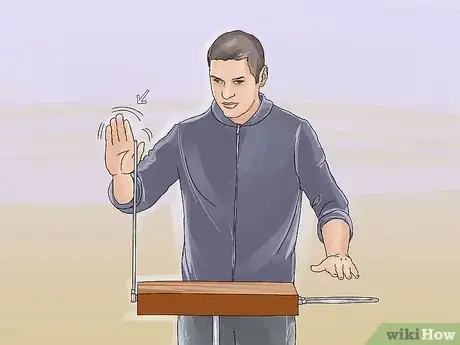
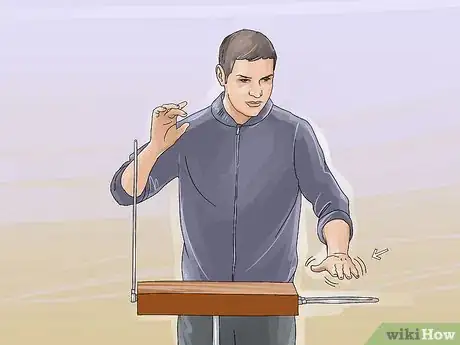


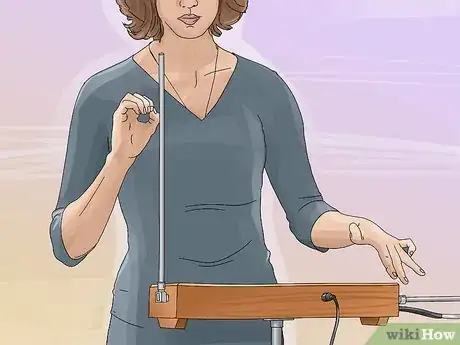
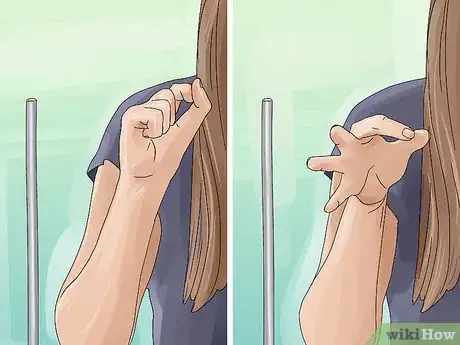

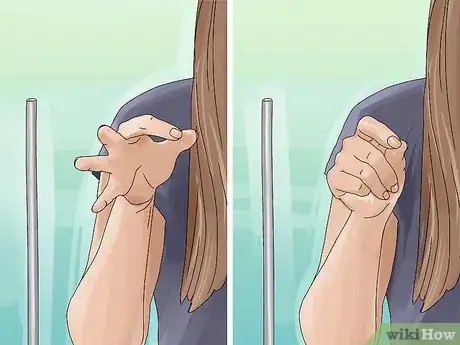
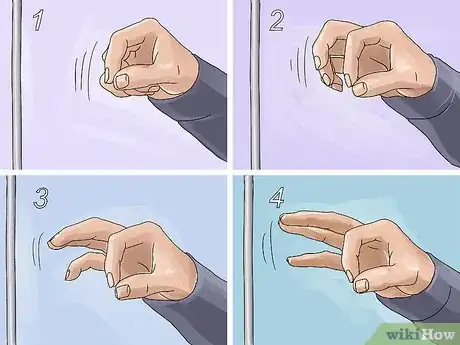
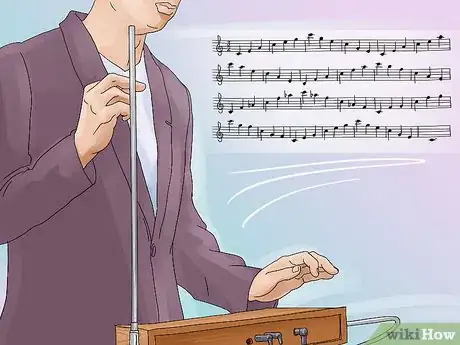
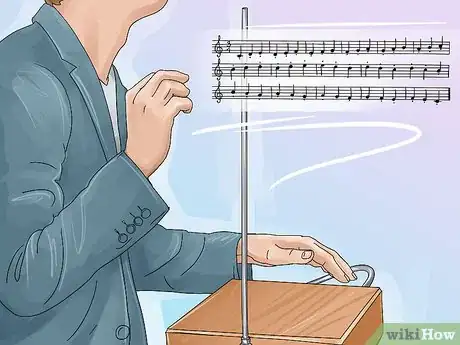
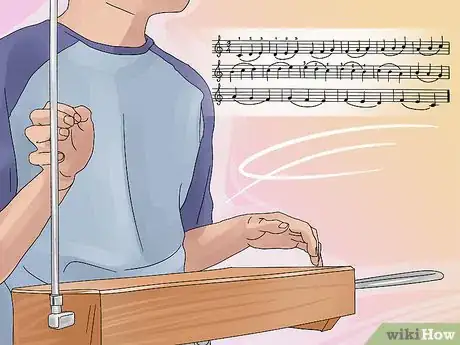

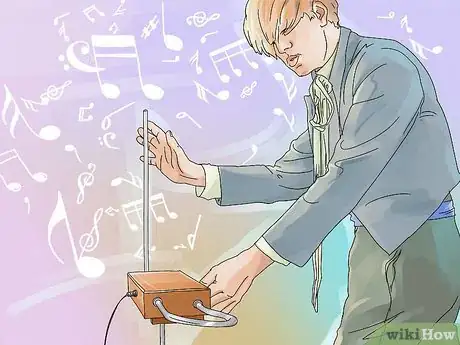






-Step-17-Version-4.webp)


